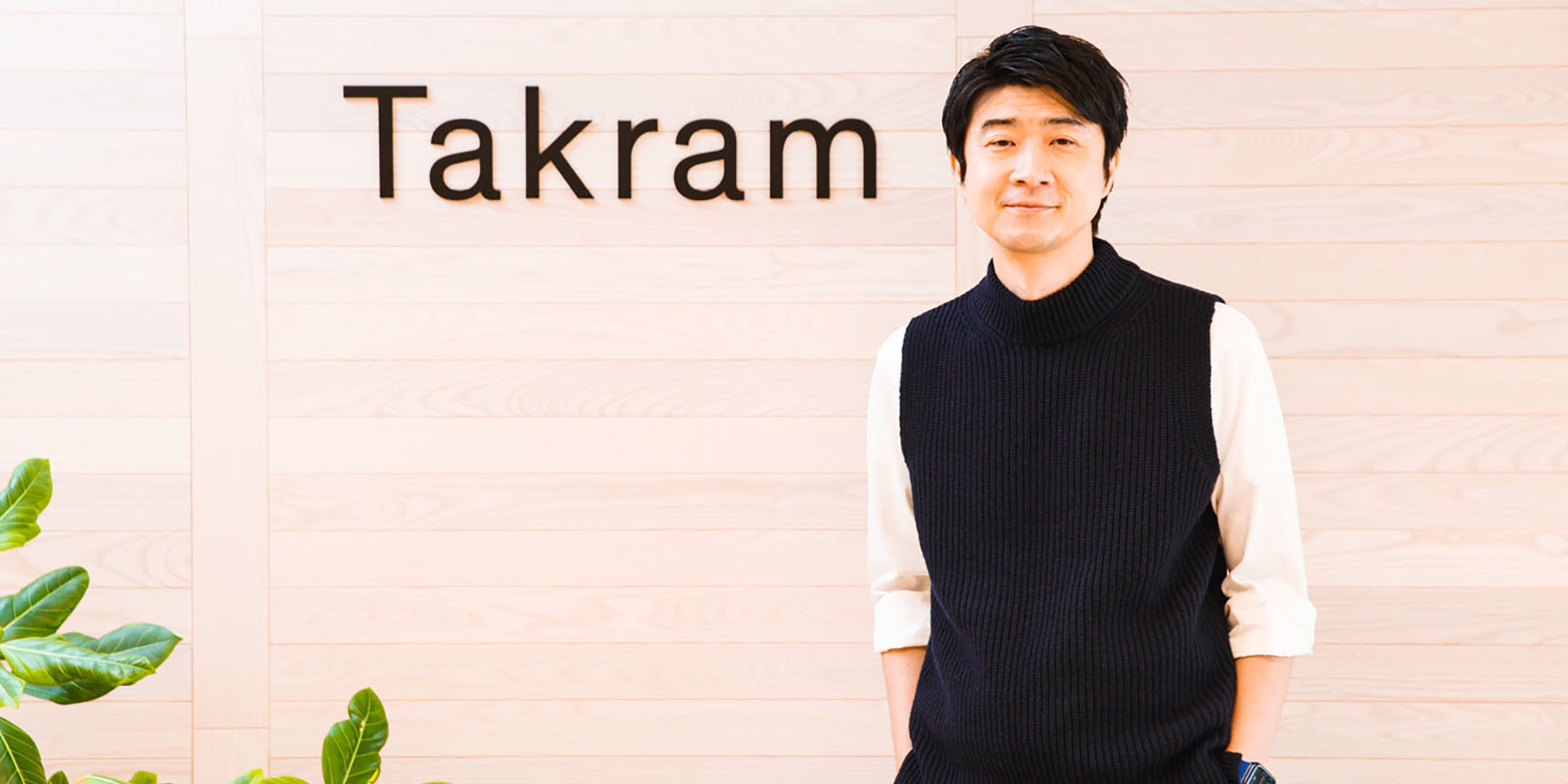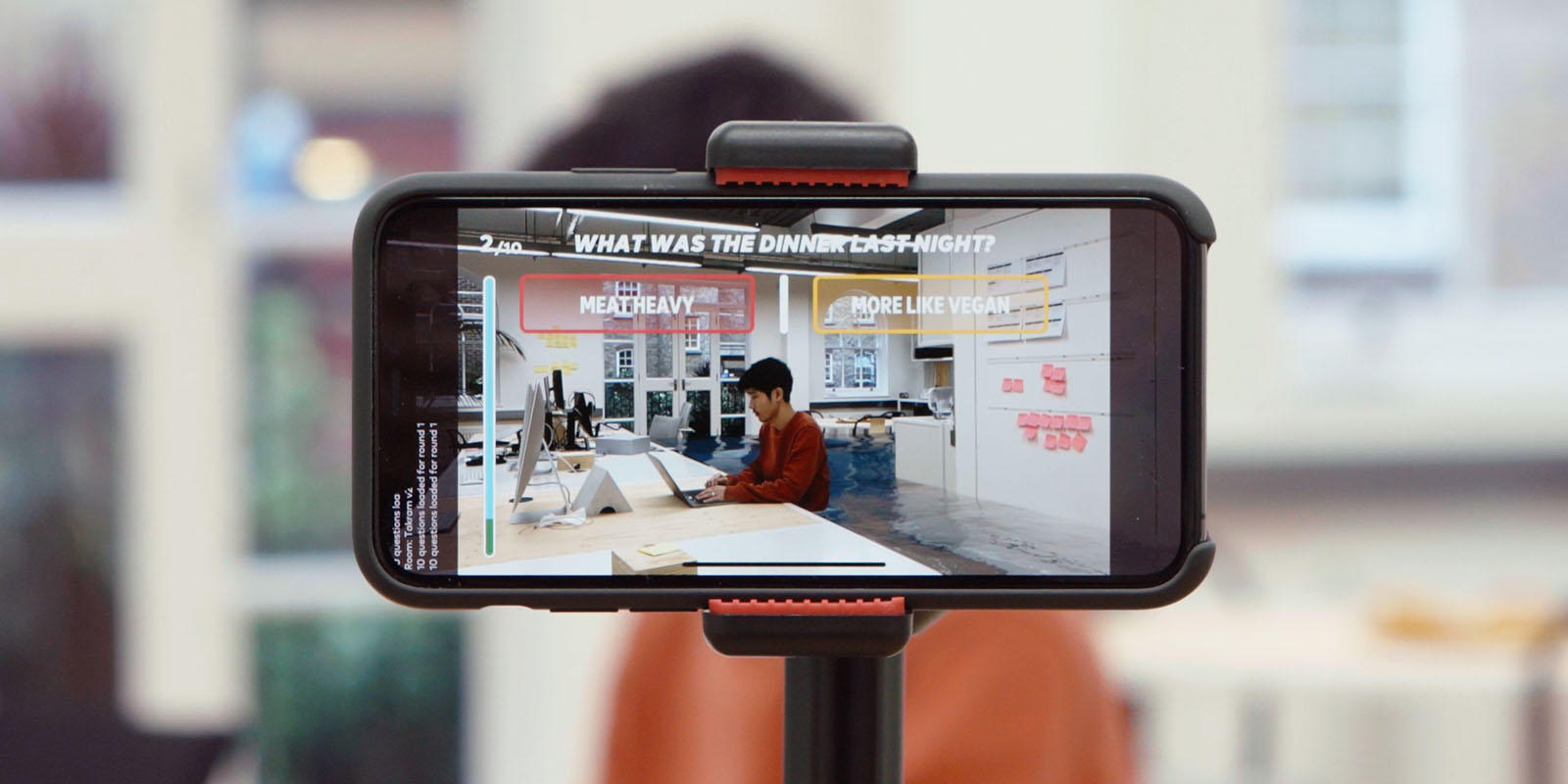Working smarter
Kinya Tagawa, head of international design agency Takram, is already planning for a new world of work.
Kinya Tagawa has built an international reputation on predicting the future and designing solutions for it. Takram, the design agency he co-founded, is the creative force behind an eclectic range of products, from interactive art to software. And Tagawa has won plaudits for diverse innovations such as Tagtype, a ten-button keyboard device for Japanese characters that was initially developed for disabled novelist Ransei Eto, and which now sits in the permanent collection of New York’s Museum of Modern Art. He’s also the brains behind Afterglow, a type of laser drawing system, and he designed the user interface for Toyota’s NS4, an early-generation hybrid car. The coronavirus pandemic, meanwhile, has led him to consider a new design project, a new future and a new set of solutions. He now seeks the answer to a key question: how do we rewire the way we work?
Individuals will design the way they work
"Our company had already fully shifted to remote work from the middle of February last year, over two months before the first state of emergency was announced [in Japan]. Not much was known about the coronavirus at the time, and there was a lot of fear about what would happen next, so we had all colleagues work strictly by remote.
“When we first started working fully by remote, most team members felt that their homes were more comfortable, and they loved it. There was even a sense that it might be better to not go to the office anymore.”
But the office is not dead...
“After about three months, however, everyone grew tired of working from home, and we found that people’s productivity and wellbeing had suffered. A few studies have shown that the tendency we saw at our company was occurring at others, too. There were also many other issues with working primarily online, such as how to foster trusting relationships between team members who work in groups, as well as the challenge of onboarding new members.”
 Keisuke Tanigawa
Keisuke Tanigawa
After about three months, however, everyone grew tired of working from home, and we found that people’s productivity and wellbeing had suffered
So, the future is hybrid working
“What we learned from this is that it is not a binary issue of working from the office or working from home. The issue is more layered and complex than that. Comfort, for instance, is closely tied to an individual’s biorhythm and the season, and even if one grows tired of working from home and goes to the office, a packed train is sure to be uncomfortable, and commuting itself increases the risk of infection. Also, the assumption that we will commute to the office limits the areas we can live in.
“We have had lively discussions within the company about what would become of offices moving forward, and what the ideal styles of working and living are. As a result, we are now talking about how to give our team members the freedom to choose where they work and more flexibility with their working hours. More specifically, I think it might be possible to bring it to a point where each individual designs and curates their own work style. Everyone has to think for themselves about what their ideal work style is in the coronavirus and post-coronavirus era.”
And that can empower colleagues …
“If every individual seeks to work in the way that’s most comfortable for them, then teamwork may become impossible. So, I plan to ask team members to aim for both what’s best for them and what’s best for everyone else. The organization will decide minimal guidelines, and simply ask colleagues whether they can explain why their judgment is beneficial to both themselves and their colleagues. The person who ultimately decides whether the work style is good on both fronts will be the colleague. If they put ‘me’ ahead of ‘we’ too much and cause inconvenience, then they will pick up on that fact from those around them. The colleague can then make adjustments accordingly.
“This is connected in spirit to the DX [digital transformation] that Japanese companies need to push toward. When people hear DX, they might imagine a change from analog operations to digital operations, but that’s only what’s on the surface ... What is the essence of DX? I believe it is empowering colleagues. In management and organization theory, the fundamentals of empowerment are often said to be successfully securing transparency of information and the transference of authority. With digital tools, it’s easy to share information and grant authority.”
 Takram
Takram
The question of how to create room for non-purposeful conversation in the online work experience is a very important one
One of the biggest hurdles to overcome in this new world of work will be loneliness
“When work is concentrated online, the time spent working alone increases for everyone. I’m conscious of the need to maintain relationships when people don’t feel so free to chat socially to each other. Working online has the side effect that everything becomes very purposeful. Zoom has this metaphor of a meeting room, but really digital spaces are like conference rooms, without the margins and free spaces of an office. We need to make a conscious effort to revive that. The question of how to create room for non-purposeful conversation in the online work experience is a very important one.”
The design of the future will eliminate the button
“Since the spread of the coronavirus, there has been what I call the ‘redefining of the doorknob’. Until recently, doorknobs were something everyone would touch without hesitating, but now we are all more aware of the danger of contamination, and as a result attachments have appeared for opening doors with your elbows and legs. When the sense of crisis around infection has really taken root, there won’t be any more buttons on ticket machines or elevators. It will all be contactless. I think things will be designed in such a way that the user interface will be incorporated into an individual’s smartphone, and the smartphone and public facilities will just interact together.
“Offices were invented between around 1800 and 1850, so they’ve only been around for 200 years or so. When mass production began in the first industrial revolution, clocks became popular to increase efficiency, while rules for clocking in and out also appeared. As a way of working, offices originated in mass production. Present pandemic-induced constraints, combined with the fruits of the third industrial revolution – the IT revolution – will bring about the reinvention of the workspace.”
No one is sure what change is coming, but there will be no turning back
“After a natural disaster occurs, we soon enter a period of recovery, but with coronavirus, the number of infected people rises and falls, swinging back and forth like a pendulum. There appears to be no end in sight, and the impact is totally unlike any natural disaster. Moreover, we can expect the strain of the economic blow caused by the pandemic to emerge three or four years down the road. That is what happened after the 2008 financial crisis. In this sense, Japan and the world are right in the middle of an extraordinarily massive shift at this moment. Whether to try to endure the storm and maintain the status quo or to ride the wave and take it as an opportunity to change oneself depends on the individual, the organization, and the values of society as a whole. But the only certainty is that coronavirus has opened a one-way door with no turning back.”